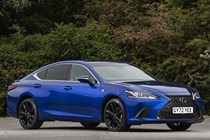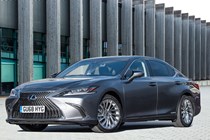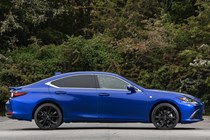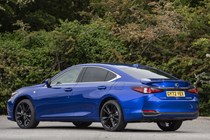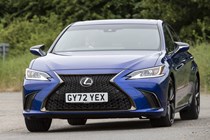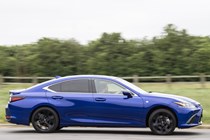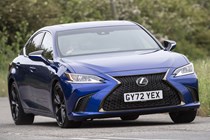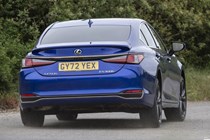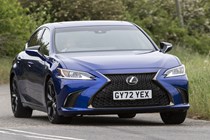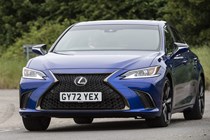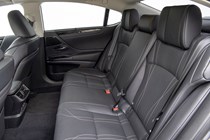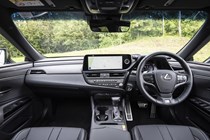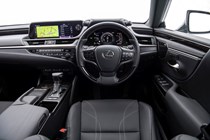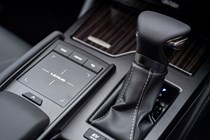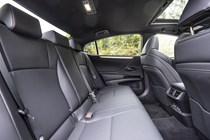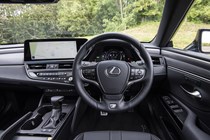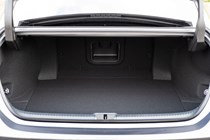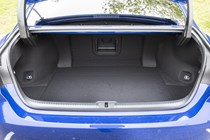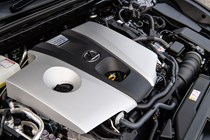
Lexus ES engines, drive and performance
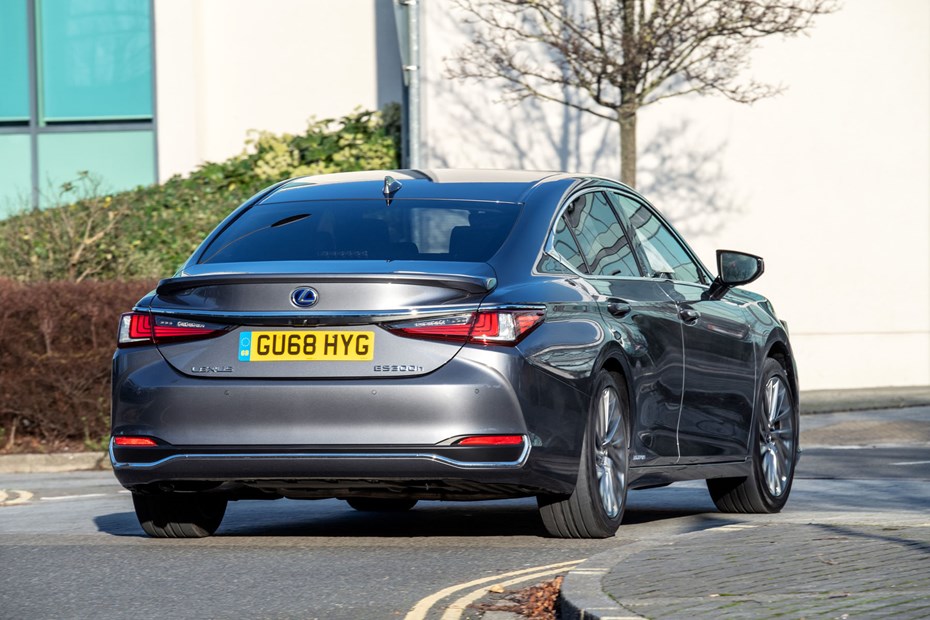
- One engine option – hybrid petrol
- Smooth performance and enough power
- Fuel consumption is excellent in the right hands
Hybrid engine
Unlike its rivals, the ES is hybrid-only – and is offered in just one engine derivative, a 178hp 2.5-litre petrol-electric hybrid badged ES 300h. It’s a self-charging hybrid rather than a plug-in, so it only has a couple of miles of fully electric drive available.
The engine works best if left to its own devices, and it’ll shuffle smoothly between petrol and electric or a combination of both depending on the situation. It usually defaults to electric when setting off, allowing the torquey electric motor to take the brunt of getting the heavy ES up to speed. The engine cuts in seamlessly, and unlike some lower-powered Toyota or Lexus hybrid systems it has enough brunt to not require all of the revs to get up a slight incline.
Sure, if you floor the throttle the revs will go spiralling and the engine will produce an unrefined moan. But really, it’s no worse than the sound of a highly revved diesel, and it’s only under duress.
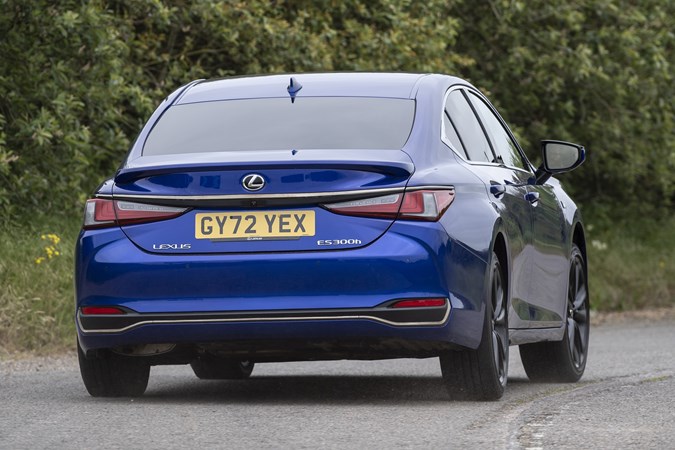
Put your foot down and the ES will sprint from 0-62mph in a fairly tardy 8.9 seconds, and on to a top speed of 112mph. That’s slower than almost all of its rivals, so it’s best not to buy an ES if you’re often in a hurry. Once up to speed, though, it’s totally happy to stay there all day, and it makes a very quiet motorway cruiser.
What’s it like to drive?
The ES corners surprisingly well for such a comfort-biased car. The steering’s nicely weighted and precise enough, and it feels responsive if a little remote. It is front-wheel drive, so it was never going to hit the dynamic excellence of a BMW 5 Series or a Jaguar XF.
Adaptive suspension is standard on F Sport models and above, but it’s subtle, and generally the driving modes are best left alone. They’re adjusted by a curious rotary controller on the side of the instrument binnacle.
Ride quality is much better, though it’s not as pillowy as some air-sprung rivals it generally deals beautifully with road imperfections from big potholes to smaller ruts. It’s not so wobbly to make rear-seat passengers car sick either. We reckon it’s very well-judged for the character of the ES.


